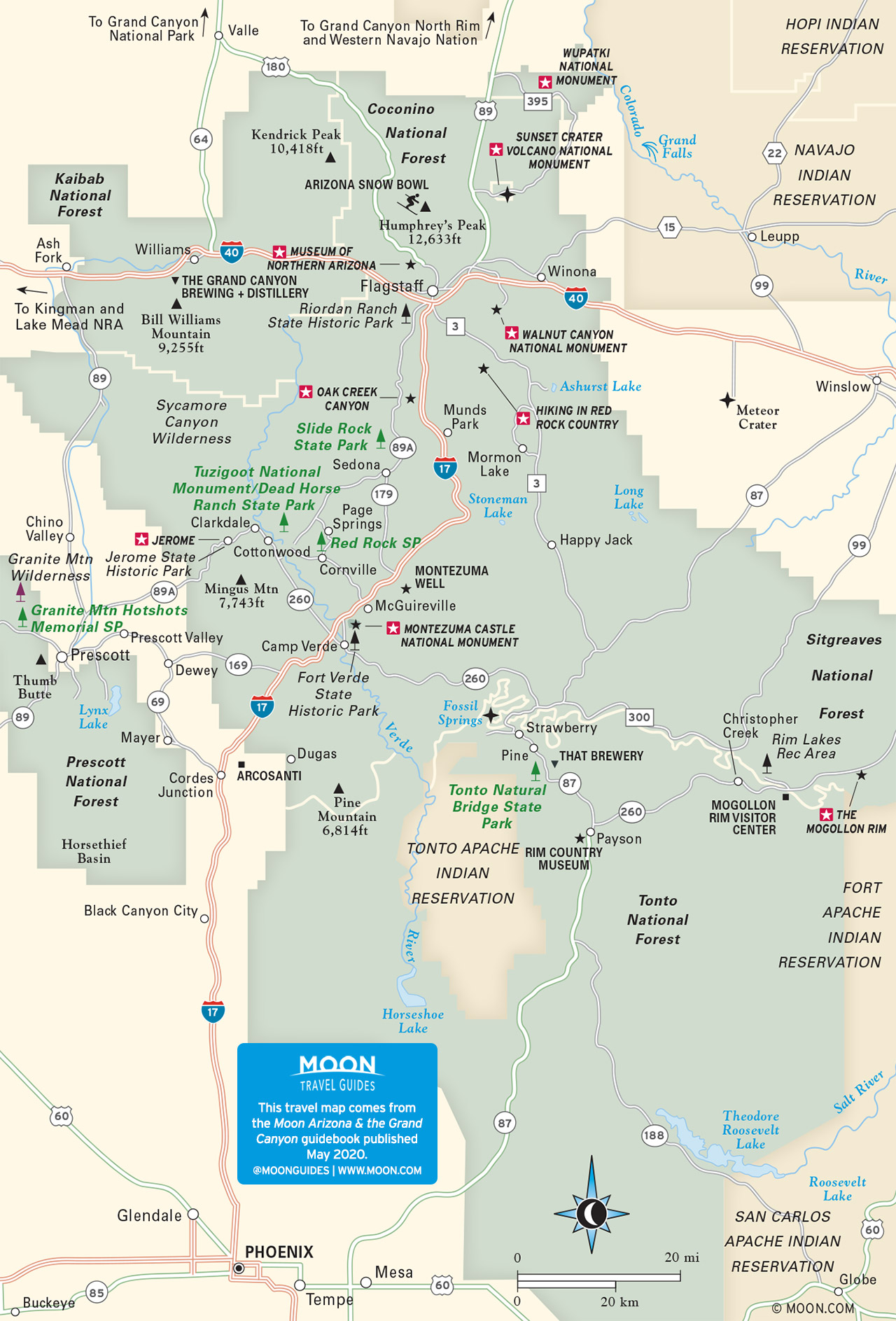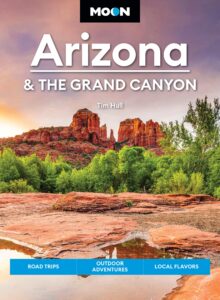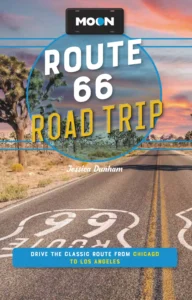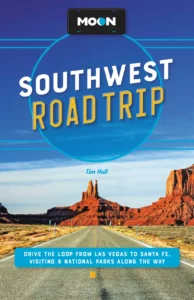Flagstaff
An old railroad and lumber-mill town given a new lease on life by an influx of students at Northern Arizona University, and by the usual array of ski bums and mountain bikers attracted by the surrounding high mountain wilderness, Flagstaff (pop. 73,964) is an enjoyable, energetic town high up on the Colorado Plateau. The natural beauty of its forested location has meant that, compared to other Route 66 towns, Flagstaff was less affected by the demise of the old road. That said, it still takes pride in the past, notably in the form of the Museum Club (3404 E. Route 66, 928/440-5214), an old roadhouse brought back to life as a country-western nightclub and ad hoc nostalgia museum.
Along with a great but slowly shrinking range of classic neon signs, Flagstaff also has a pair of non-Route 66 related attractions. First and foremost of these stands high on a hill on the west side of downtown Flagstaff, reachable from the west end of Santa Fe Avenue (old Route 66): the Lowell Observatory, established in 1894 by Percival Lowell and best known as the place where, in 1930, the onetime planet Pluto was discovered. A visitors center (928/774-3358, daily, $16-22) has descriptions of the science behind what goes on here—spectroscopy, red shifts, and expanding universes, for example— and the old telescope, a 24-inch refractor, is open for viewings 8pm-9:30pm most nights in summer. Not exactly consistent with its neon-lit Route 66 reputation, since the 1950s Flagstaff has been a pioneer in combating light pollution. To help preserve the dark sky at night, here at the observatory and also at the surrounding natural sights, Flagstaff is an official International Dark Sky Community.
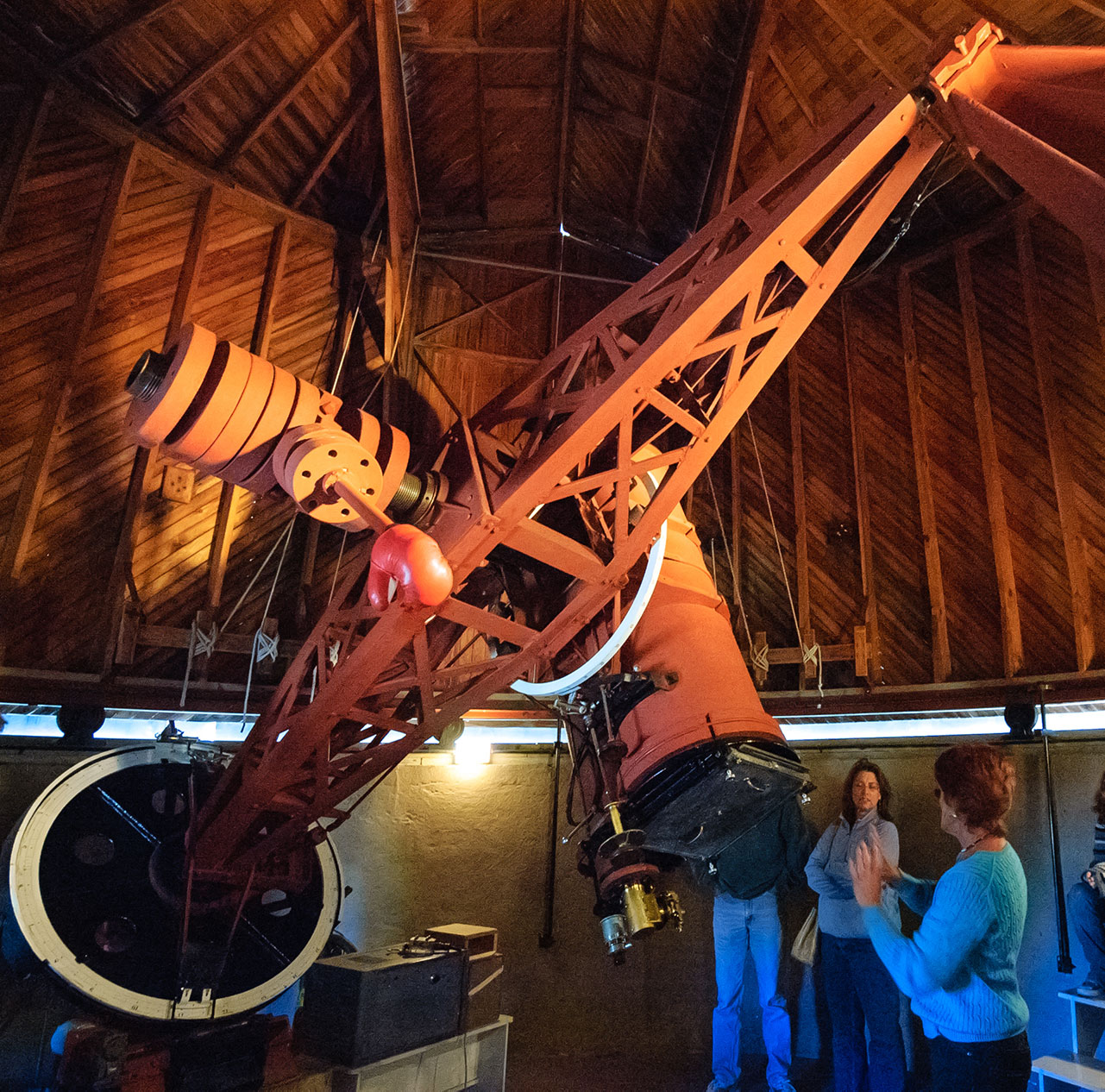
Flagstaff ’s other main draw, the Museum of Northern Arizona (928/774- 5213, daily, $12), perches at the edge of a pine-forested canyon 3 mi (4.8 km) northwest of downtown via US-180, the main road to the Grand Canyon. Extensive exhibits detail the vibrant cultures of northern Arizona, from prehistoric Ancestral Puebloans to contemporary Hopi, Navajo, and Zuni peoples.
Downtown Flagstaff has more than enough espresso bars—probably a halfdozen within a two-block radius of the train station—to satisfy its many multiply pierced 20-something residents. There are also ethnic restaurants specializing in Greek, Thai, German, or Indian cuisine, so finding suitable places to eat and drink will not be a problem. Grab a cup of good coffee, a pastry, or a sandwich at Macy’s European Coffeehouse & Bakery (14 S. Beaver St., 928/774-2243), a cozy café two blocks north of the Northern Arizona University campus, or wander two blocks farther north and east, past the train station and across Route 66 to MartAnne’s Burrito Palace (112 E. Route 66, 928/773-4701), a popular little hole-in-the-wall serving authentic Mexican specialties (posole, chilaquiles, etc.) alongside more Americanized palate-pleasers like burritos.
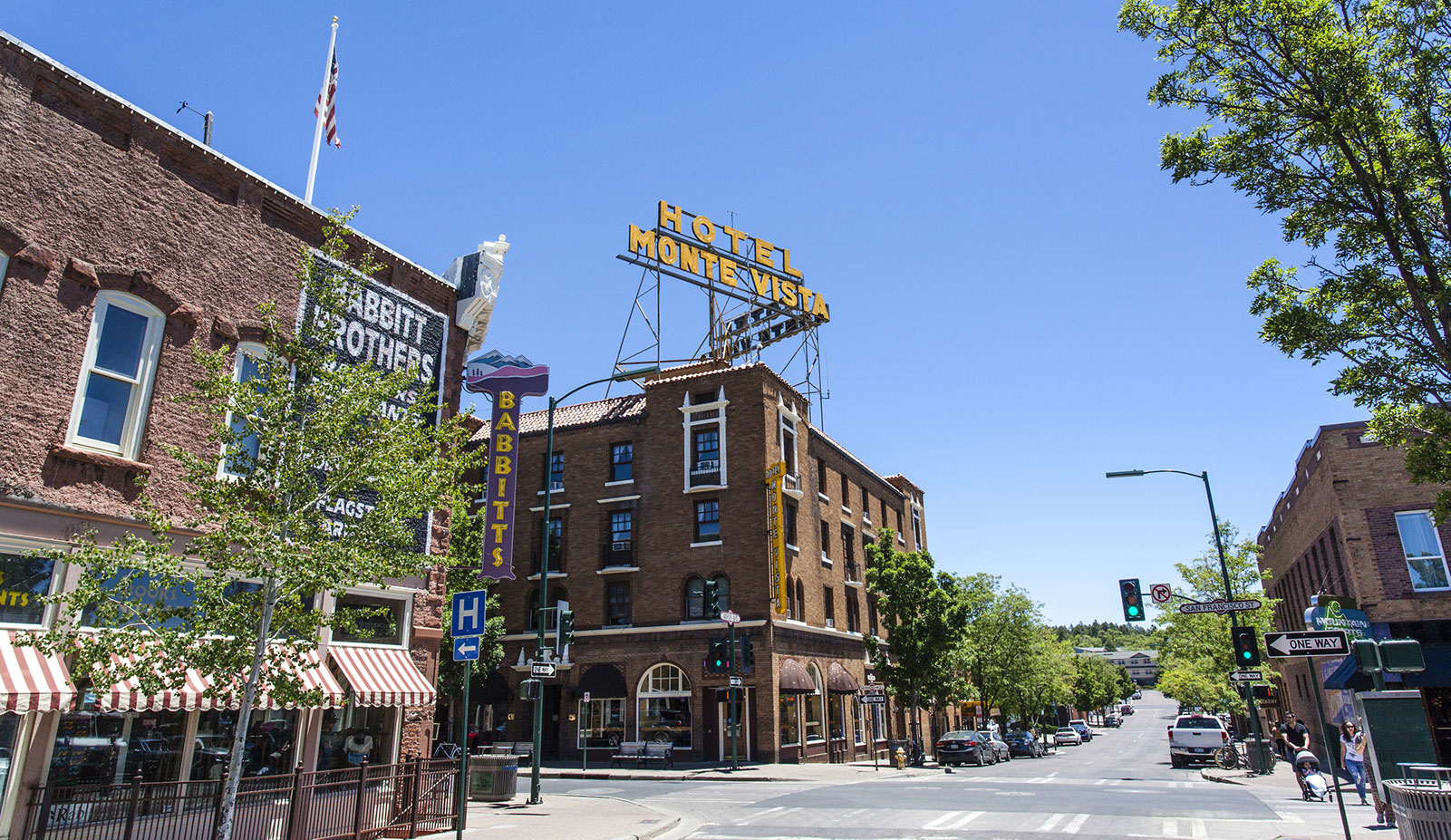
Step back into an even earlier time and stay at the classy (and possibly haunted) railroad-era Hotel Monte Vista (100 N. San Francisco St., 928/779-6971, $85 and up), right off old Route 66. It was good enough for Gary Cooper, and it has been restored to its Roaring ’20s splendor. For value and convenience, top marks go to the Budget Inn (913 S Milton Rd., 928/774-5038, $85 and up); it’s a block south of Route 66, behind the Galaxy Diner. Accommodations are plentiful; if you can’t decide, pick the motel with the most appealing sign.
Travel Map of Flagstaff and North-Central Arizona
